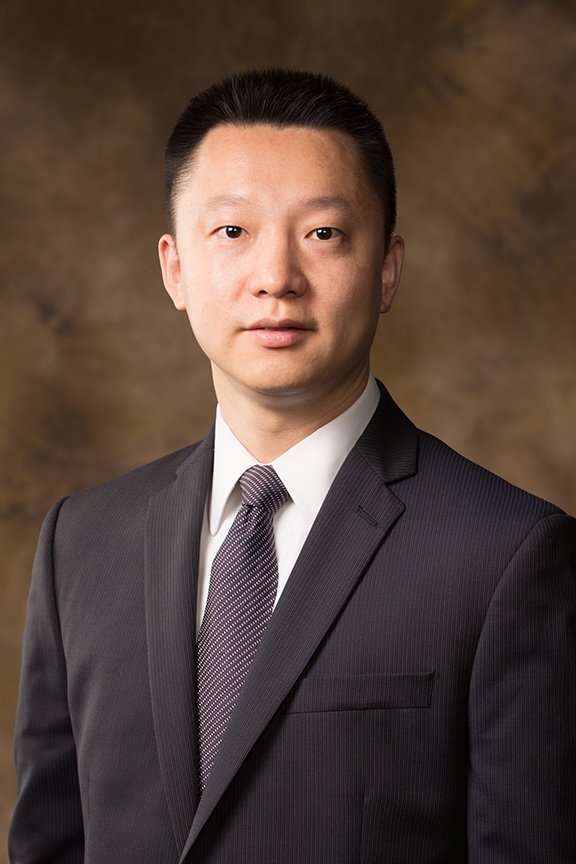
University of Arkansas researchers from the High Density Electronics Center (HiDEC) and the Institute for Nanoscience and Engineering partnered together early this year to submit a major research instrumentation grant proposal to the National Science Foundation. The group requested support to purchase a high-temperature semiconductor annealing furnace which for a silicon carbide processing line at the HiDEC facility.
The group was led by assistant professor Zhong Chen from Electrical Engineering and was awarded $580,292 for the equipment. The research team includes Alan Mantooth, Distinguished Professor of electrical engineering; Gregory Salamo, Distinguished Professor of physics; and Jia Di, professor of computer science and computer engineering.
"The MRI grant program is very competitive," explained Wesley Stites, associate vice chancellor for research and innovation. "Each institution is allowed to submit only three proposals for the purchase of instruments every year, so there is first an internal competition for the opportunity to submit a full proposal to NSF. Then if you make it through that hurdle, the last available numbers show that NSF funds only about 20% of the proposals submitted. We couldn't be more excited that Dr. Chen has led the team that got this award at this early stage of his career."
While many are familiar with the role of silicon chips in all areas of modern electronics, researchers at the University of Arkansas are looking for the next generation of materials needed to continue to improve our electronic devices. Silicon carbide replaces chips that are made of silicon with those that are made with nearly equal amounts of silicon and carbon. Silicon carbide works better at high temperatures and power levels, but further research is needed to solve some of the problems that prevent its widespread adoption. Since silicon carbide semiconductor chips cannot be made with the same equipment used for normal silicon chips, this specialized furnace will open up new areas of research for the faculty and students.
The silicon carbide production line will serve three major research project areas: power electronics, energy and sensor application, and material sciences. This final piece will enable a number of new research opportunities for campus researchers and local industry partners. Examples of future projects include:
- Silicon carbide devices and integrated circuits
- Wide bandgap-based optoelectronic device development for sensor applications
- Wafer-level integrated power module with thermal management
- High-temperature Power-Converter-on-Chip
- High-temperature packaging for silicon carbide integrated circuits.
"Our ultimate objective is to have dual SiC fabrication lines, where one line is for teaching and training and the other is dedicated to advanced research with low-volume prototyping capability. This allows users to maximize up-time and eliminate cross-contaminations," according to Mantooth.
Most of the capabilities of this type of facility are located outside the United States. In addition to the existing equipment at HiDEC, the completed silicon carbide processing line will make the entire facility an attraction to industry partners that rely on such devices. The researchers are certain this will motivate more companies to partner with the UofA or locate to the northwest Arkansas region. If that were to happen, it would bring thousands of high-skilled, high-paying jobs to the state which would greatly benefit the economy.
Topics
Contacts
Sarah Brown, communications assistant
Office of Research and Innovation
479-575-6874, sarahb@uark.edu